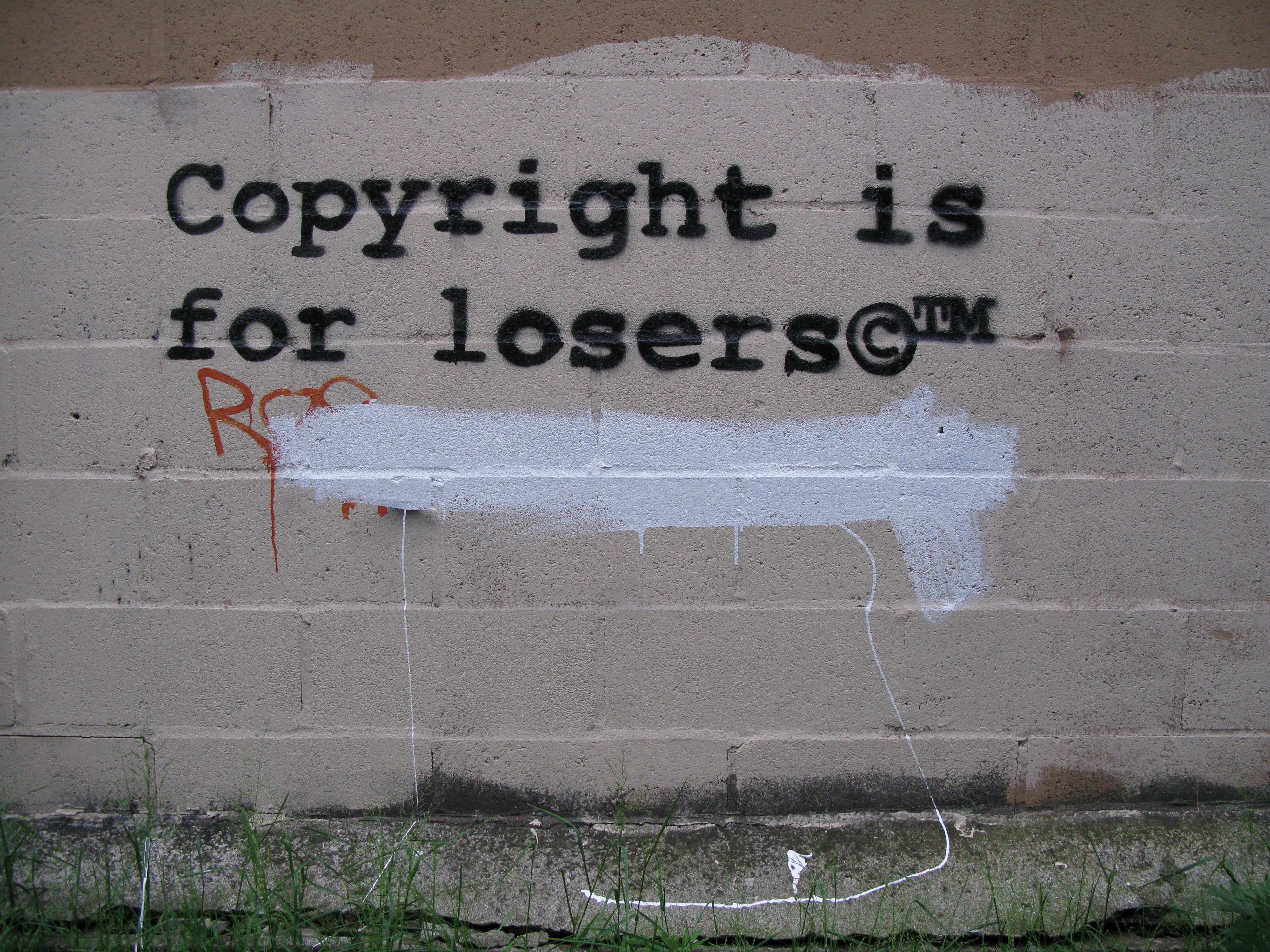Basic Copyright Issues:
What Copyright Law Protects
Copyright law protects original works of authorship fixed in tangible form or expression; something that can be touched or seen or heard. An idea cannot be copyrighted. But once your idea takes a concrete form such as a manuscript, photograph, painting, sculpture, web page or digital literacy project, you are protected under copyright law. In addition to ideas, copyright law does not protect titles or facts.
Student writing and other projects, like other original works, are protected by copyright. As a such, students have the same rights as other authors to their work.
Regardless of the medium, as far as copyright law is concerned, the creator of the work is its author. For example, Sam Teigen is the author of the photograph that appears on this page. Had I shown Teigen's photograph in the classroom, I would likely have been covered under the education provision of fair use. However, even though Resources for Writers is published for educational reasons, fair use does not apply because the image is being published on-line. Therefore, I needed Teigen's permission for it to appear on this page; permission I easily obtained because he released his photograph using a Creative Commons licence.
One quirk that makes copyright difficult to understand is that the individuals who created the original work of art is not always the author. For example, if I had paid Teigen to take the photograph for me or if he had sold me the rights to the photograph, I would be the author. This concept is explained more in the "Work for Hire" section.
